The rhythmic sound of a paddle slicing through the water is the heartbeat of kayaking. For enthusiasts and competitive athletes alike, paddle stroke rate—or cadence—plays a pivotal role in performance, efficiency, and even injury prevention. Unlike raw power or brute strength, the art of maintaining an optimal stroke rate is a delicate balance between endurance, technique, and adaptability to conditions. Whether gliding across a serene lake or battling whitewater rapids, understanding and mastering paddle cadence can transform a paddler’s experience.
At its core, paddle stroke rate refers to the number of strokes a kayaker takes per minute. This metric is far more than just a number; it’s a reflection of a paddler’s synergy with the water. A higher cadence isn’t always better—it can lead to premature fatigue if not paired with proper technique. Conversely, a slower stroke rate might conserve energy but sacrifice speed. The key lies in finding the "sweet spot" that aligns with the paddler’s goals, whether it’s covering long distances efficiently or sprinting to the finish line in a race.
Environmental factors heavily influence ideal stroke rates. On flatwater, a consistent, moderate cadence often works best, allowing the kayaker to maintain momentum without overexertion. In contrast, whitewater kayaking demands rapid adjustments—bursts of high-frequency strokes to navigate obstacles or recover from turbulence. Ocean kayakers, facing waves and currents, might adopt a variable rhythm, alternating between explosive strokes and brief pauses to ride swells. Each environment whispers its own demands, and seasoned paddlers learn to listen.
Technique is the unsung hero of stroke rate efficiency. A common misconception is that faster strokes automatically equate to greater speed. However, without proper torso rotation, blade placement, and follow-through, energy dissipates into splashes rather than propulsion. The "catch" phase—the moment the paddle blade fully engages the water—is particularly critical. A weak catch forces the paddler to compensate with arm strength, increasing stroke rate but decreasing overall power. Elite kayakers often focus on perfecting this phase, allowing them to generate more distance per stroke and reduce unnecessary fatigue.
Long-distance kayakers, such as those embarking on multi-day expeditions, often prioritize sustainability over speed. Their stroke rates tend to hover in the lower to mid-range, typically between 40 to 60 strokes per minute. This pace conserves energy while maintaining steady progress. Marathon paddlers might employ the "Indian stroke," a silent, low-cadence technique that minimizes splash and maximizes glide—an approach borrowed from indigenous paddling traditions. The elegance of this method lies in its efficiency; every movement serves a purpose, and nothing is wasted.
Sprint kayaking, on the other hand, is a world of frenetic energy. Racers in events like the Olympic 200-meter dash sustain stroke rates exceeding 130 per minute, their paddles a blur of motion. Here, the priority shifts to explosive power and rapid turnover. Yet even at these extremes, technique can’t be ignored. Over-paddling—taking strokes so fast that the blade doesn’t fully anchor in the water—leads to diminished returns. Coaches often use stroke rate monitors to help athletes find the threshold where speed peaks before efficiency plummets.
Technology has revolutionized how paddlers analyze and optimize their cadence. Wearable devices and smartphone apps can track stroke rates in real time, providing instant feedback. Some advanced systems even correlate cadence with GPS speed, revealing how subtle adjustments impact velocity. For competitive athletes, this data is gold—it exposes inefficiencies invisible to the naked eye. Amateurs, too, benefit from these insights, often discovering that minor tweaks to their rhythm yield outsized improvements in performance.
Fatigue manifests uniquely in paddle sports. Unlike running or cycling, where tired muscles simply slow down, exhausted kayakers often unconsciously increase their stroke rate while decreasing effectiveness—a phenomenon coaches call "chasing the stroke." This leads to a vicious cycle: rushed strokes demand more energy, which hastens fatigue, which further degrades technique. Recognizing this pattern is the first step to breaking it. Many trainers advocate periodic cadence checks during long sessions, ensuring the paddler stays within their optimal range even as muscles tire.
Cultural perspectives on stroke rate reveal fascinating variations. In Greenland, traditional kayakers emphasize slow, powerful strokes adapted to hunting in icy waters. Polynesian outrigger canoeists, by contrast, thrive on high-energy group synchronization, where stroke rates are dictated by chants or drumbeats. These traditions underscore that cadence isn’t just physiological—it’s deeply tied to purpose and community. Modern paddlers might borrow elements from these ancient practices, blending them with contemporary training methods.
The relationship between paddle length and stroke rate is often overlooked. Shorter paddles typically necessitate higher cadences to maintain speed, while longer paddles allow for fewer, more powerful strokes. Greenland-style paddles, with their narrow blades, encourage slower, deliberate strokes compared to the wide, concave blades of whitewater paddles. Selecting the right paddle becomes a dance between personal physiology, preferred stroke rate, and intended use—a decision that can take years of experimentation to perfect.
Mental cadence is as crucial as physical rhythm. Seasoned kayakers speak of entering a "flow state" where stroke rate becomes instinctive, almost meditative. This mental synchronization eliminates the paralysis of overanalysis—the enemy of fluid motion. Breathing patterns often sync with strokes (inhaling during recovery, exhaling during power phases), creating a biofeedback loop that enhances endurance. Some athletes use metronomes during training to internalize rhythms until they become second nature.
Injury prevention is inextricably linked to stroke rate management. Repetitive stress injuries—common in paddlesports—often stem from chronically high cadences paired with poor form. Tennis elbow, rotator cuff strains, and wrist tendonitis can sideline paddlers for months. Physical therapists recommend varying stroke rates during training to distribute stress across muscle groups. Cross-training with strength exercises focused on core and back muscles also builds resilience against the demands of sustained paddling.
Coaching philosophies around stroke rate continue to evolve. The old-school "more is better" mentality has given way to nuanced, individualized approaches. Some coaches now prescribe stroke rate "zones" similar to heart rate training—recovery paddles at low cadences, endurance sessions in moderate ranges, and speed work at high turnover. This periodization prevents overtraining while systematically building capacity. Video analysis tools allow frame-by-frame breakdowns of stroke cycles, revealing microscopic inefficiencies invisible during live observation.
The future of paddle cadence training may lie in biometric integration. Early prototypes of "smart paddles" embed sensors in shafts to measure force distribution throughout each stroke. When paired with cadence data, this could unlock new dimensions of efficiency. Researchers are also studying how elite paddlers’ stroke rates vary under competitive stress, seeking patterns that could inform mental training. As technology advances, the line between art and science in paddling grows ever thinner—but the poetry of a perfectly timed stroke remains timeless.
For recreational kayakers, obsessing over numbers might seem antithetical to the sport’s tranquil allure. Yet even casual paddlers benefit from occasional cadence awareness. A spontaneous increase in stroke rate can inject excitement into a lazy afternoon paddle, while deliberately slowing down might reveal hidden details along the shoreline—a heron taking flight, or sunlight dappling through overhanging trees. Stroke rate, in the end, is simply a tool—one that serves the paddler’s connection to water, craft, and self.
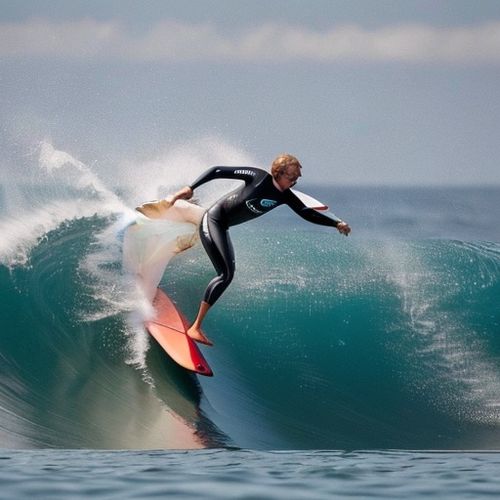
By Eric Ward/May 8, 2025
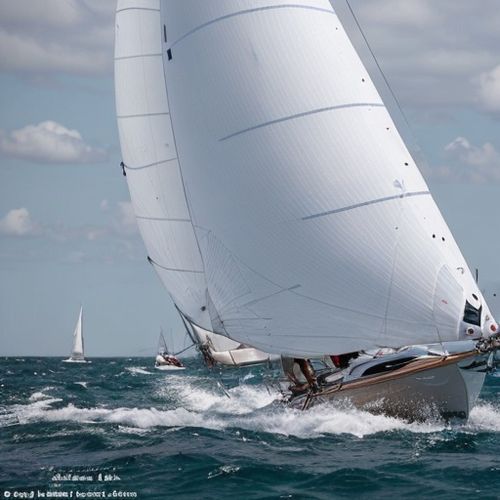
By Lily Simpson/May 8, 2025
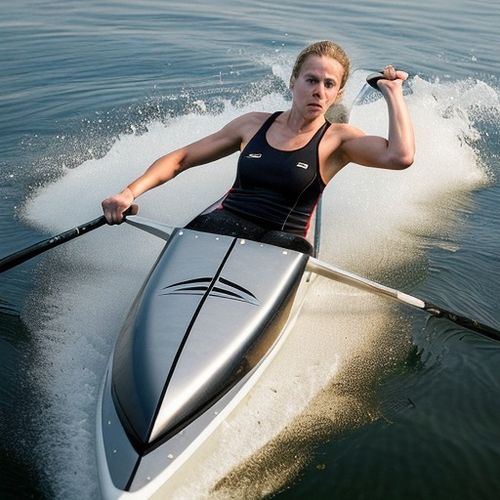
By Jessica Lee/May 8, 2025
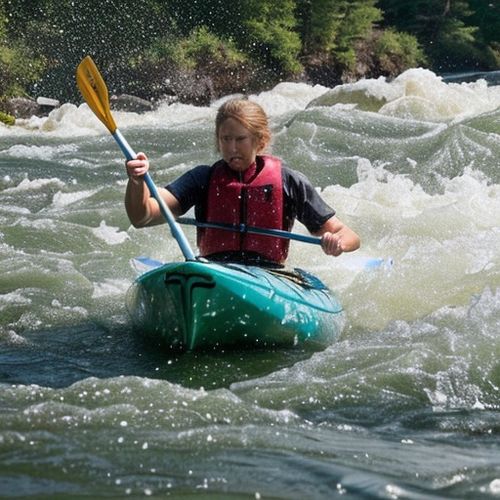
By Grace Cox/May 8, 2025
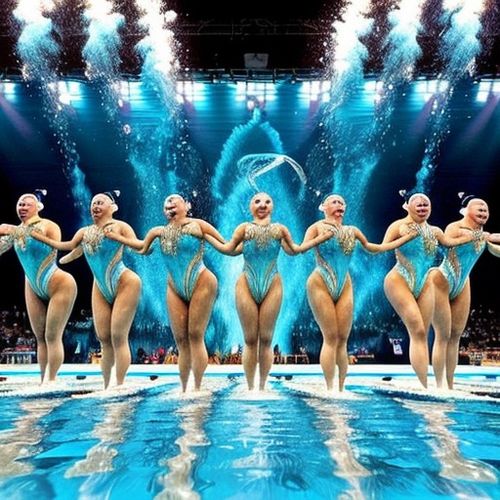
By Emily Johnson/May 8, 2025
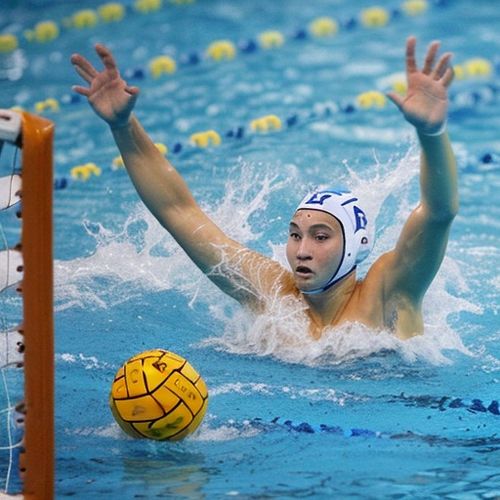
By Rebecca Stewart/May 8, 2025
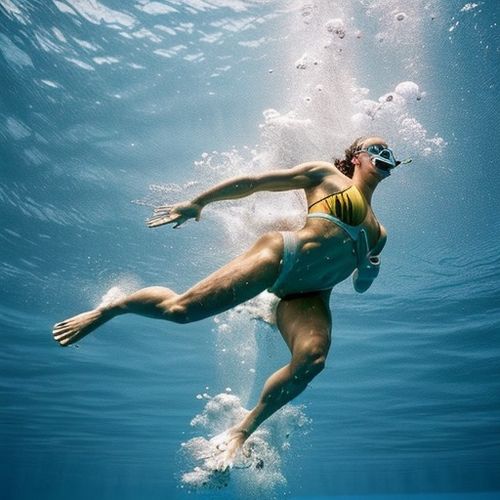
By George Bailey/May 8, 2025
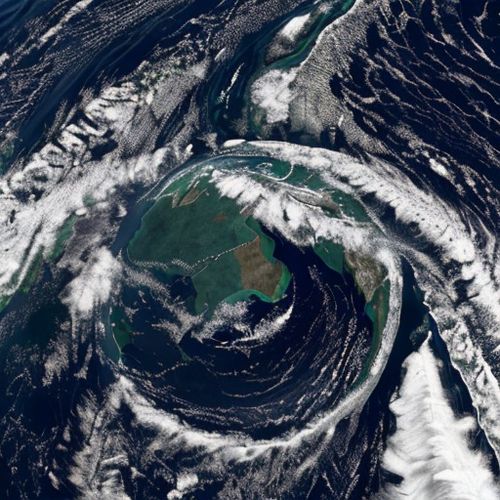
By Sophia Lewis/May 8, 2025
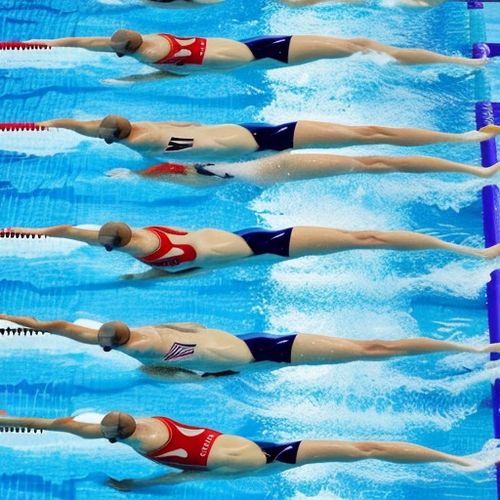
By George Bailey/May 8, 2025
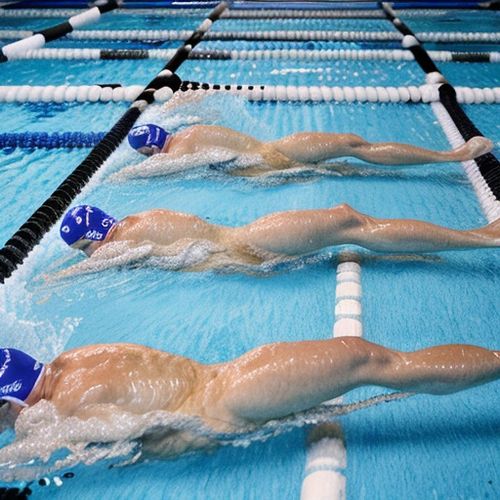
By Eric Ward/May 8, 2025
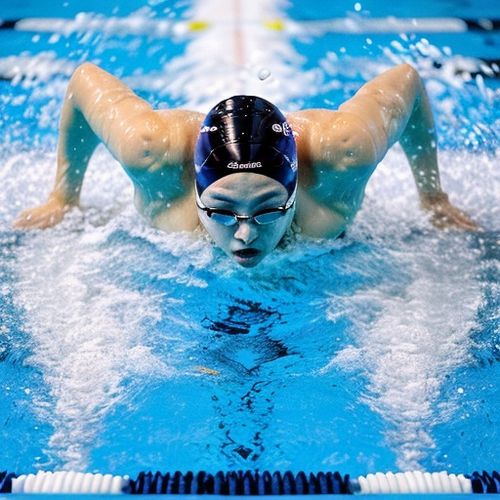
By James Moore/May 8, 2025
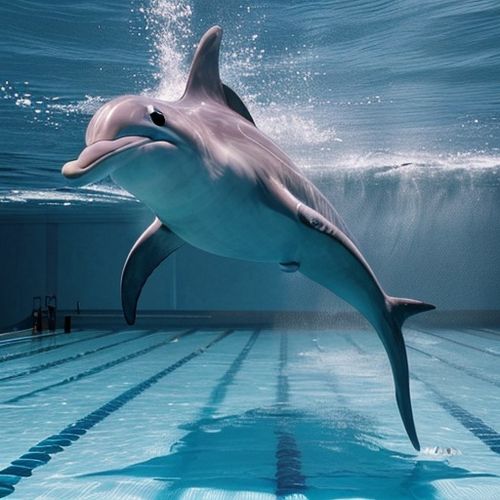
By Thomas Roberts/May 8, 2025
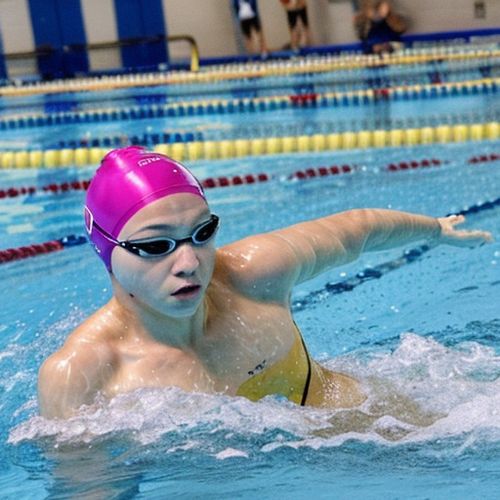
By Victoria Gonzalez/May 8, 2025
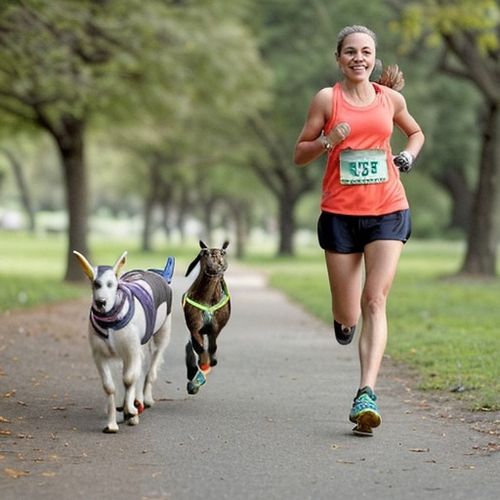
By Samuel Cooper/May 8, 2025
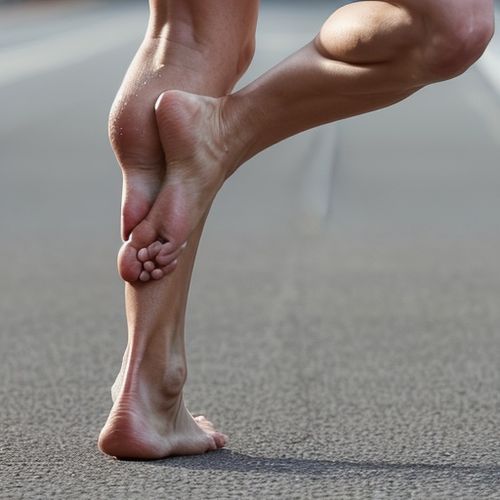
By David Anderson/May 8, 2025
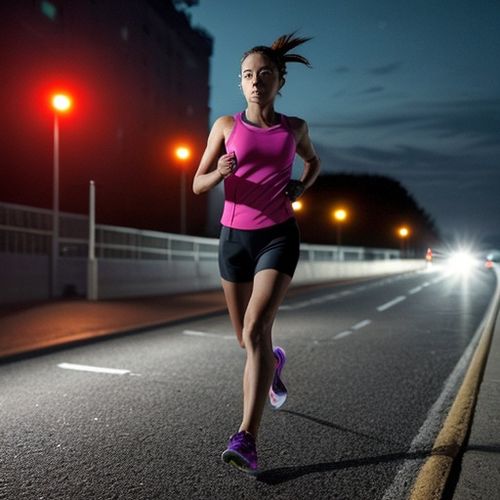
By Joshua Howard/May 8, 2025

By Michael Brown/May 8, 2025
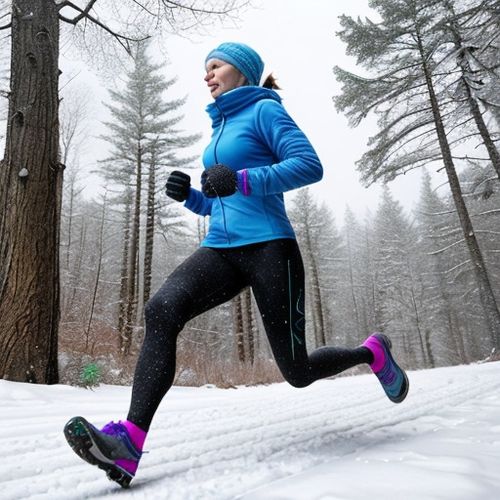
By Elizabeth Taylor/May 8, 2025
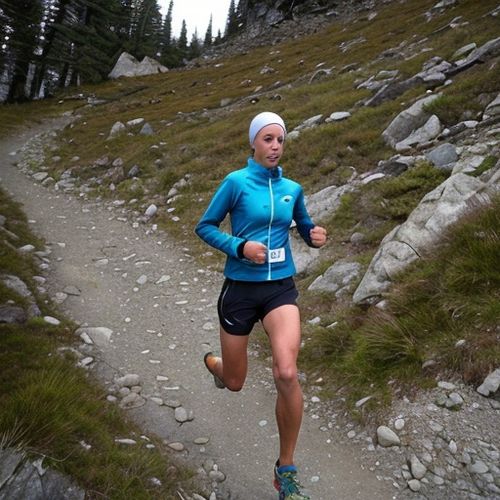
By Benjamin Evans/May 8, 2025
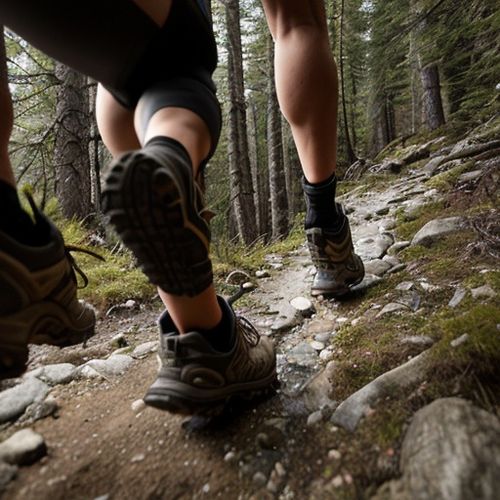
By Noah Bell/May 8, 2025